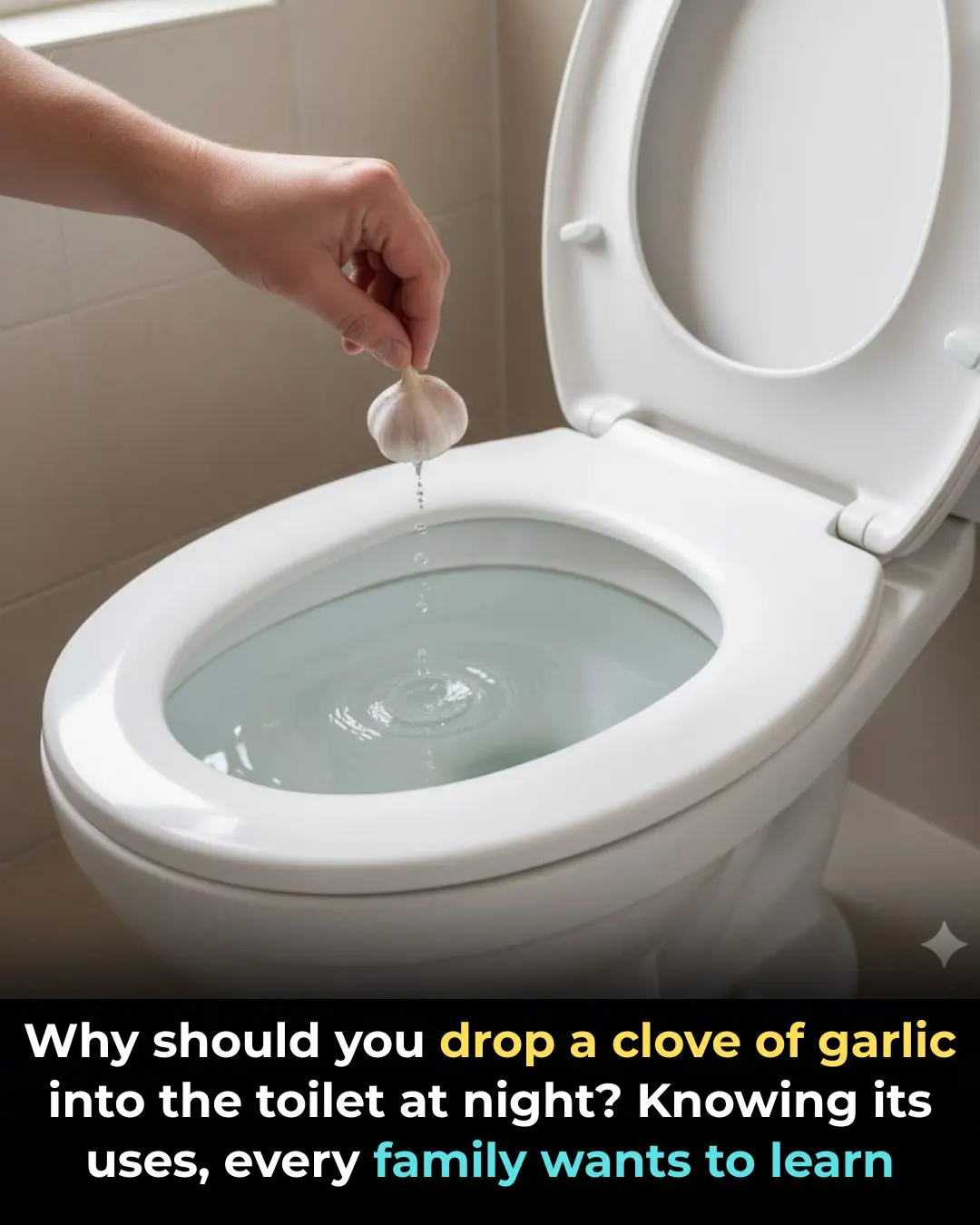
Do not use a sharpening stone on dull scissors. Apply the following method to make the scissors as sharp as new ones bought from the store: Simple but effective
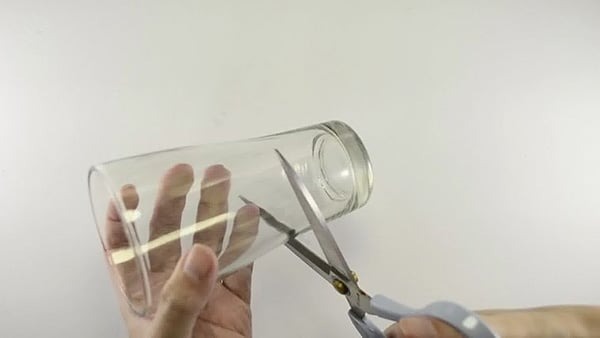
Simple, easy-to-do tips for sharpening scissors — but not everyone actually knows them
When it comes to essential household items, scissors are something no home can go without. There are many types of scissors, and most families own at least one pair for kitchen tasks or everyday use. However, after a long period of time, all scissors encounter the same problem: wear and tear, or what we commonly call becoming dull.
When this happens, the metal blades are no longer as sharp as they originally were, reducing their effectiveness. In some cases, rust spots may even appear.
Scissors, after long use, inevitably become dull and may even develop rust (illustrative image).
The most common solution for dull scissors is to use a sharpening stone. However, a recent article on aboluowang introduced a completely different method using an ingredient many people wouldn’t even think of — baking soda.
Here are the specific steps:
– First, prepare a small bowl or basin of water and place the scissors inside.
– Add an appropriate amount of baking soda to the water. Baking soda has mild abrasive properties and helps remove dirt from the scissor blades.
– Add a few drops of white vinegar into the bowl. The vinegar and baking soda will react and create foam on the surface. Let the scissors soak in this mixture for 3–5 minutes.
– Remove the scissors and rinse with clean water.
– Dip a soft cloth into the baking soda–vinegar mixture, wrap it around the blades, and let it sit for about 5 minutes.
– After that, sharpen the scissors by rubbing them against the bottom of a ceramic bowl. You may sprinkle a little salt during this step.
With this method, the scissors are effectively sharpened and are said to become almost as sharp as when newly purchased. Additionally, this method can clean stubborn rust spots on the blades.
To test their sharpness, you can try cutting something thick and hard — for example, a stainless-steel scrub pad used for cleaning dishes.
A user tries cutting a metal scrub pad to test the sharpness of the scissors (photo: aboluowang).
Other simple and effective scissor-sharpening tips
Besides the method above, there are also faster, simpler techniques. These methods only temporarily improve the sharpness but can be useful for quick fixes.
1. Using aluminum foil
Aluminum foil — a common kitchen item — can also help sharpen scissors. Fold a sheet of foil lengthwise several times to create multiple layers.
Use the dull scissors to cut through the folded foil repeatedly, from the base to the tip of the blades. Do this about 20–30 times until the scissors feel sharper. Finally, wipe the blades with a damp cloth.
2. Using a glass bottle or jar
The body of a glass bottle or jar can also work as a sharpening tool. Hold a bottle or jar, then repeatedly “cut” using the scissors along the outer glass surface. Use light pressure, similar to cutting paper. After around 10 repetitions, the scissors should regain some sharpness.
3. Using a nail
Lastly, you can use a nail to sharpen scissors. Similar to the bottle method, simply cut the nail so that it slides between the two blades. Repeat 10–20 times depending on the desired sharpness.
News in the same category


4 ways to boil chicken without water

Rice water is like gold in the house if you know how to use it for these things

I Just Discovered the Benefits of Hanging a Bottle Cap on a Keychain

4 Dangerous Mistakes When Using an Air Fryer: Risks of Food Poisoning, Cancer, and Fires

Lady places cup of vinegar into microwave. Here’s the genius reason why
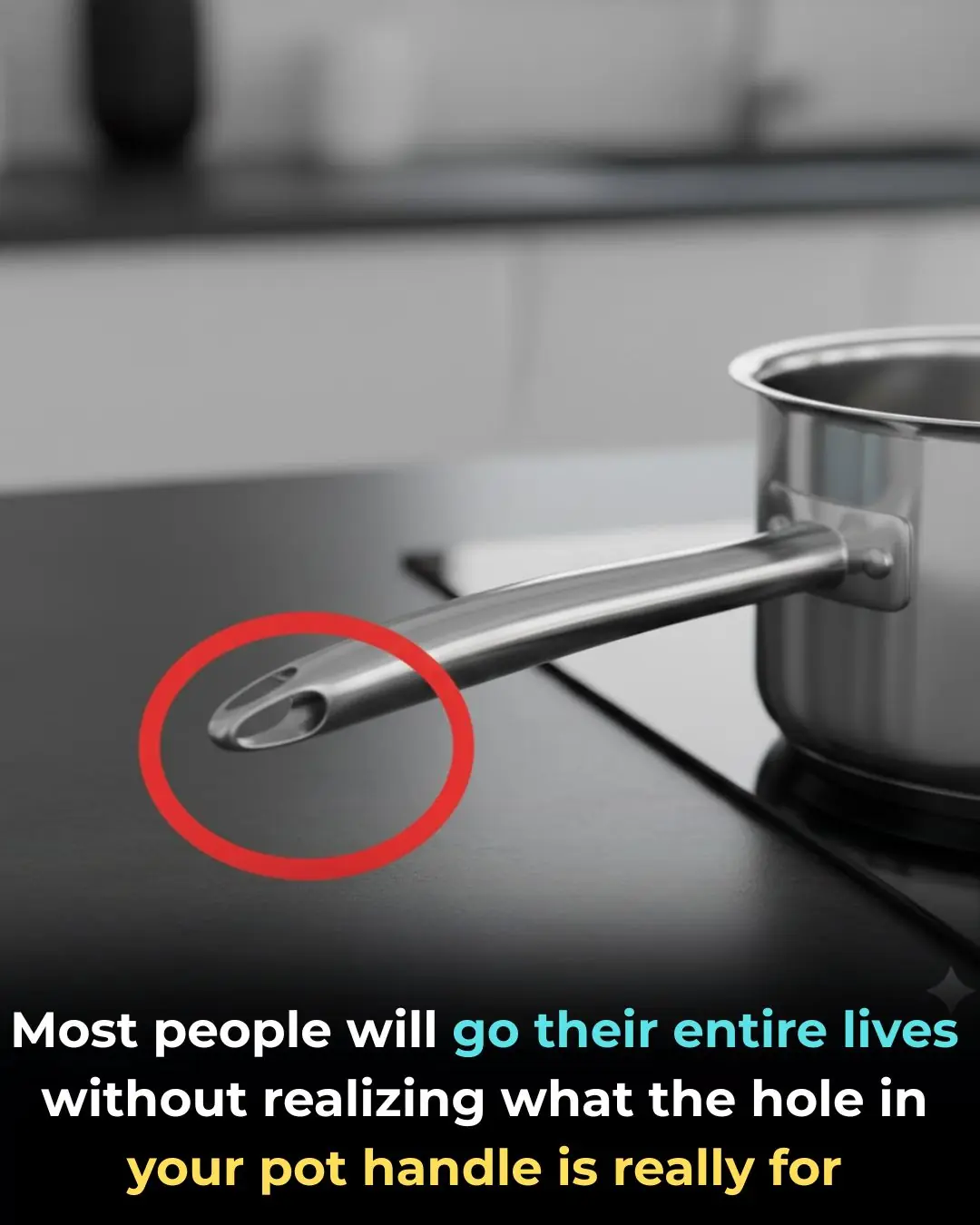
I had no idea this was a thing
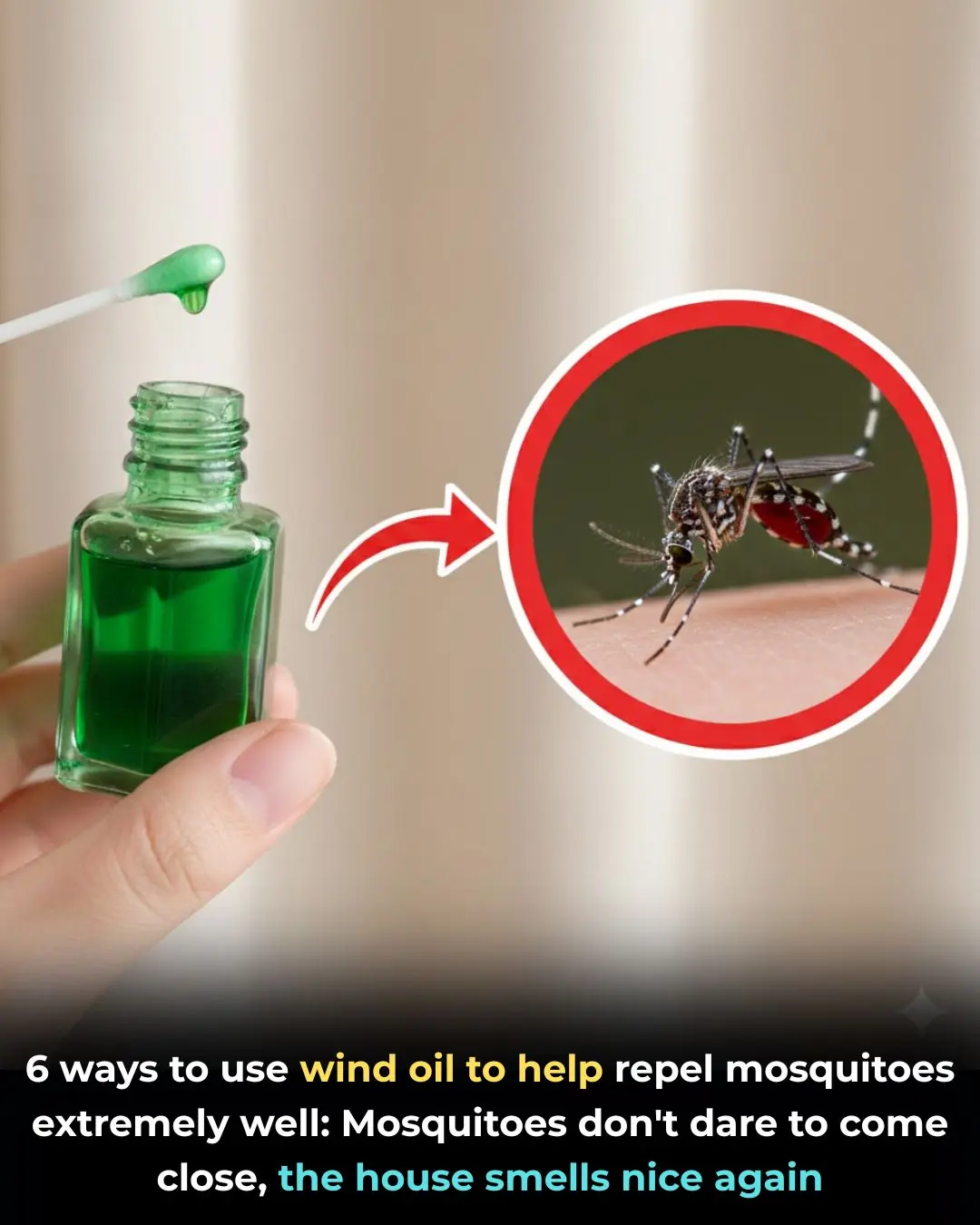
6 ways to use wind oil to help repel mosquitoes extremely well
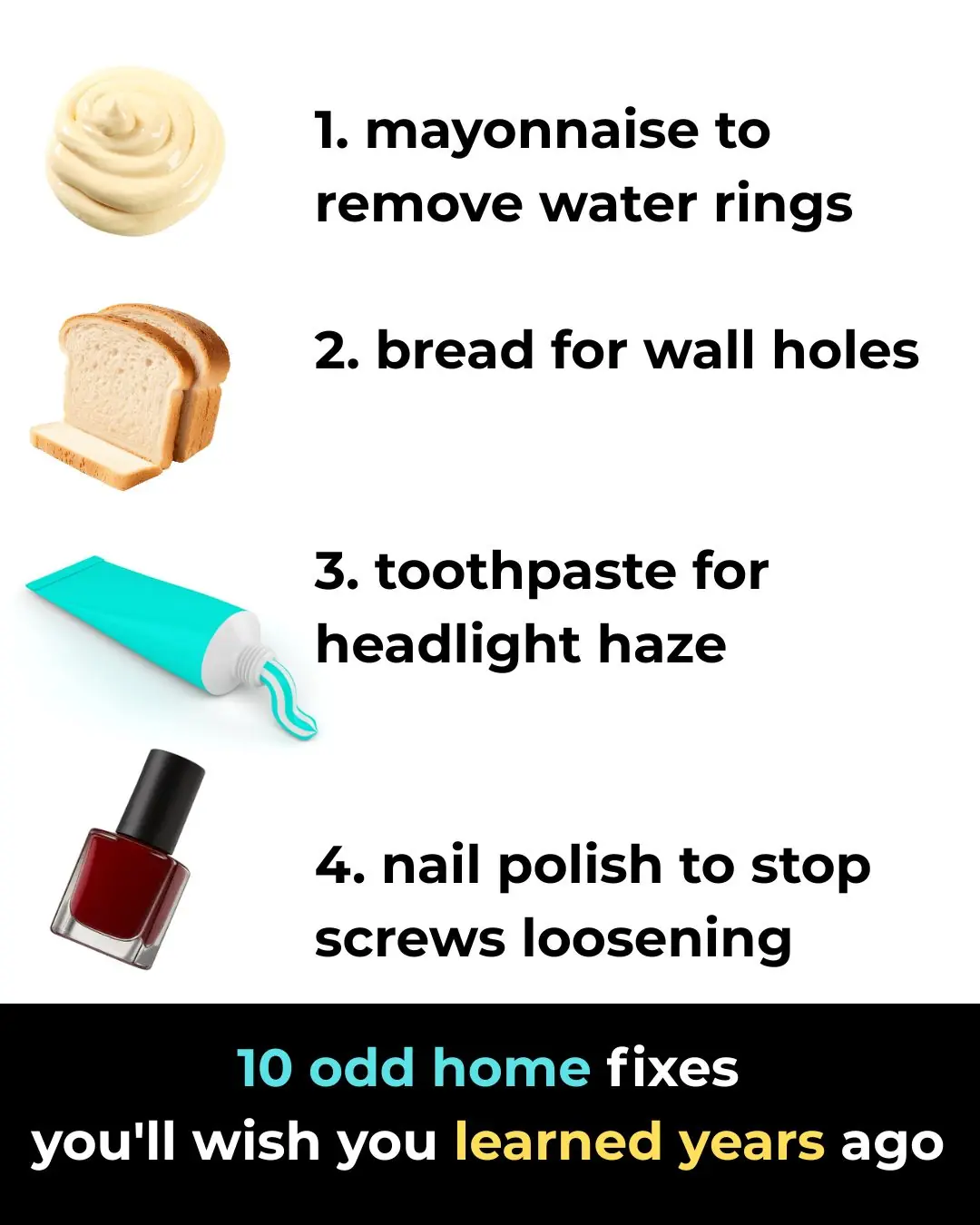
10 odd home fixes you’ll wish you learned years ago
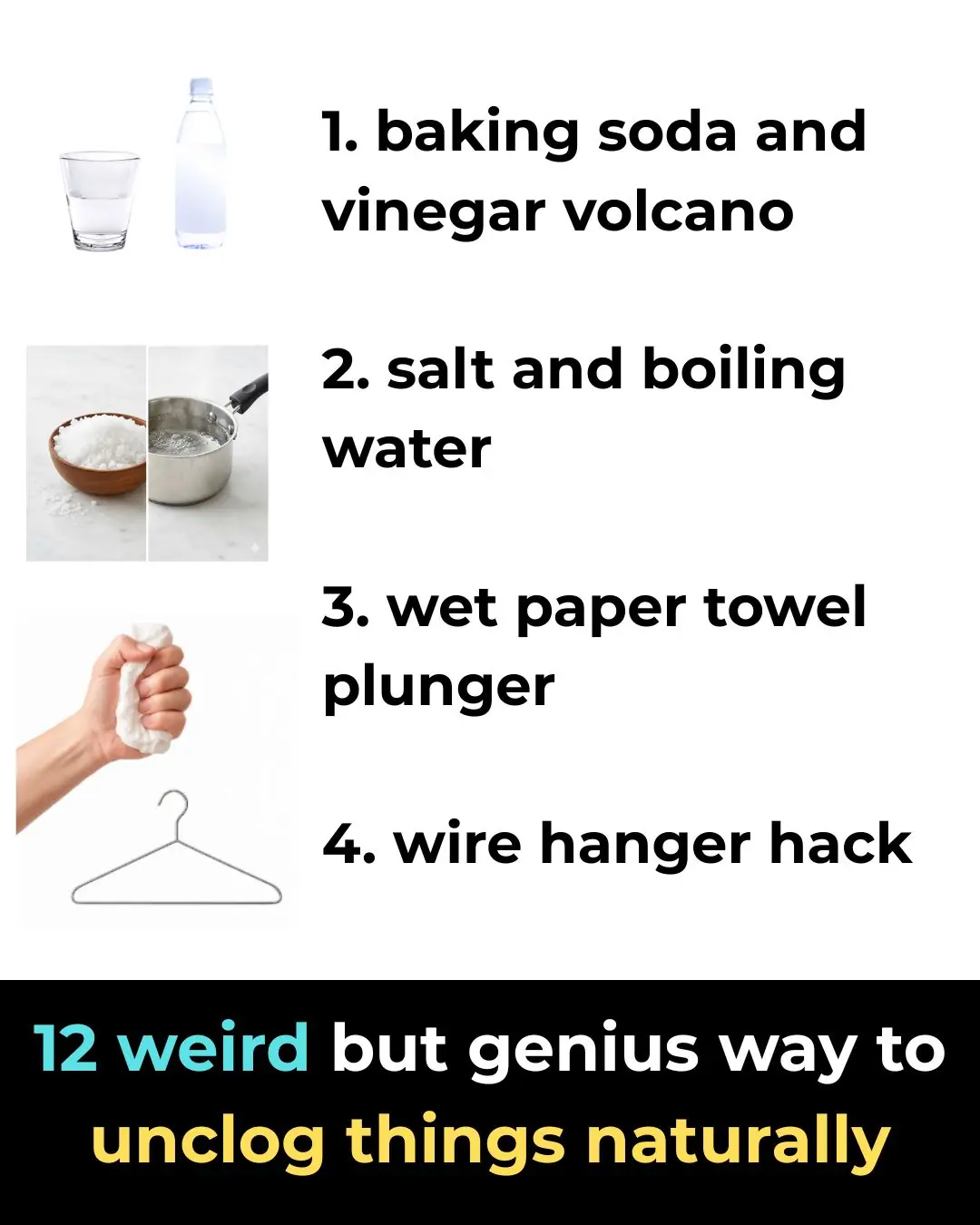
12 weird but genius ways to unclog things naturally
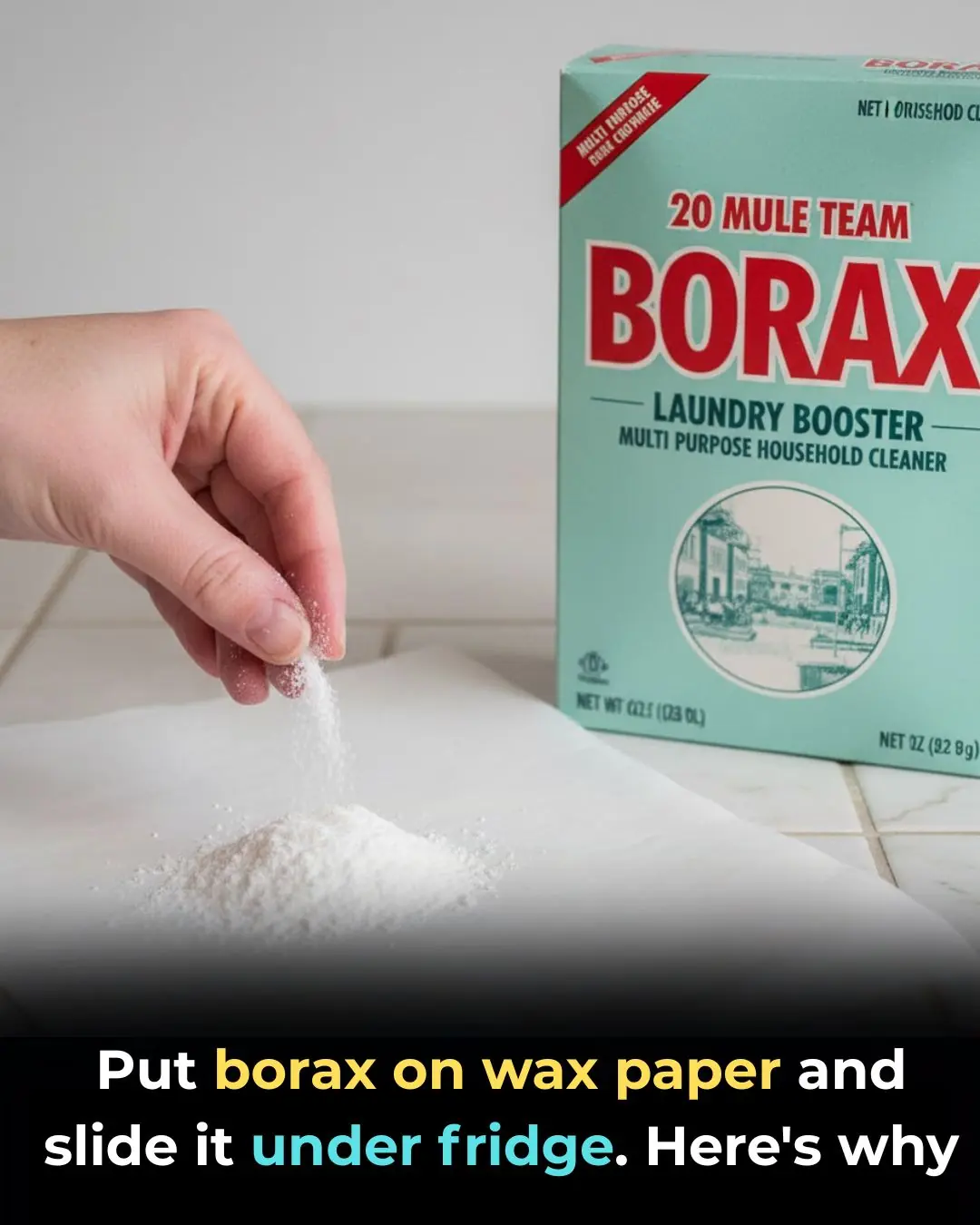
Put borax on wax paper and slide it under fridge. Here's why

How to Grow Cucumbers in Pots for Heavy Harvests All Season Long

How to make steamed pears with rock sugar is both delicious and nutritious
Let’s take a look at some tips to help keep your kitchen space clean and free of unpleasant odors.

Drinking Roasted Black Bean and Ginger Tea for 7 Days Brings 3 Major Health Benefits
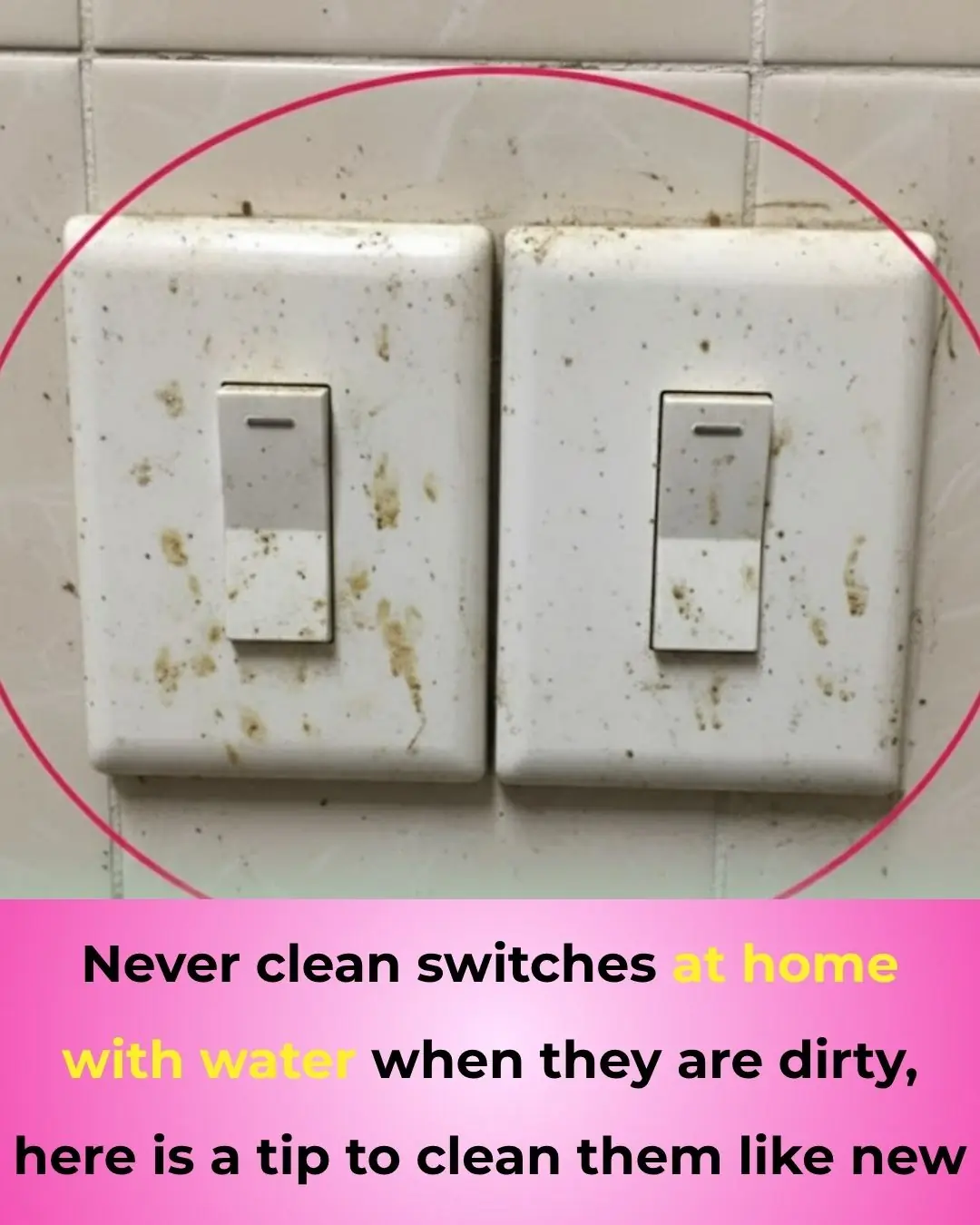
Never Clean Your Light Switches with Water — Here’s a Safe Trick to Make Them Look Brand New

Don't rush to throw away expired or leftover beer. Use it for these 8 things and everyone will praise it

Simple Tips to Fade Freckles for a More Even and Radiant Complexion
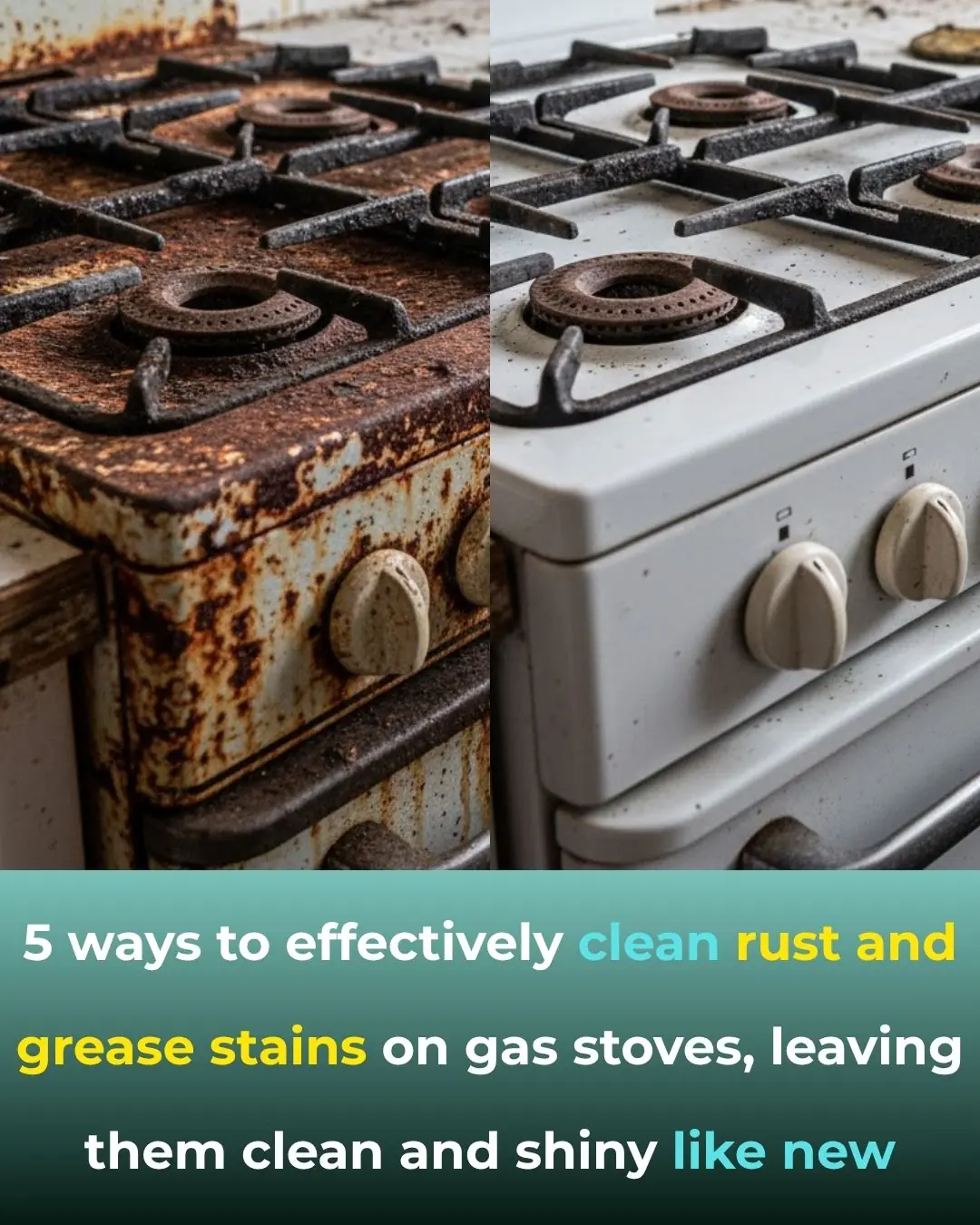
5 Effective Ways to Clean Rust, Grease, and Stubborn Stains from Your Gas Stove—Making It Shine Like New
News Post
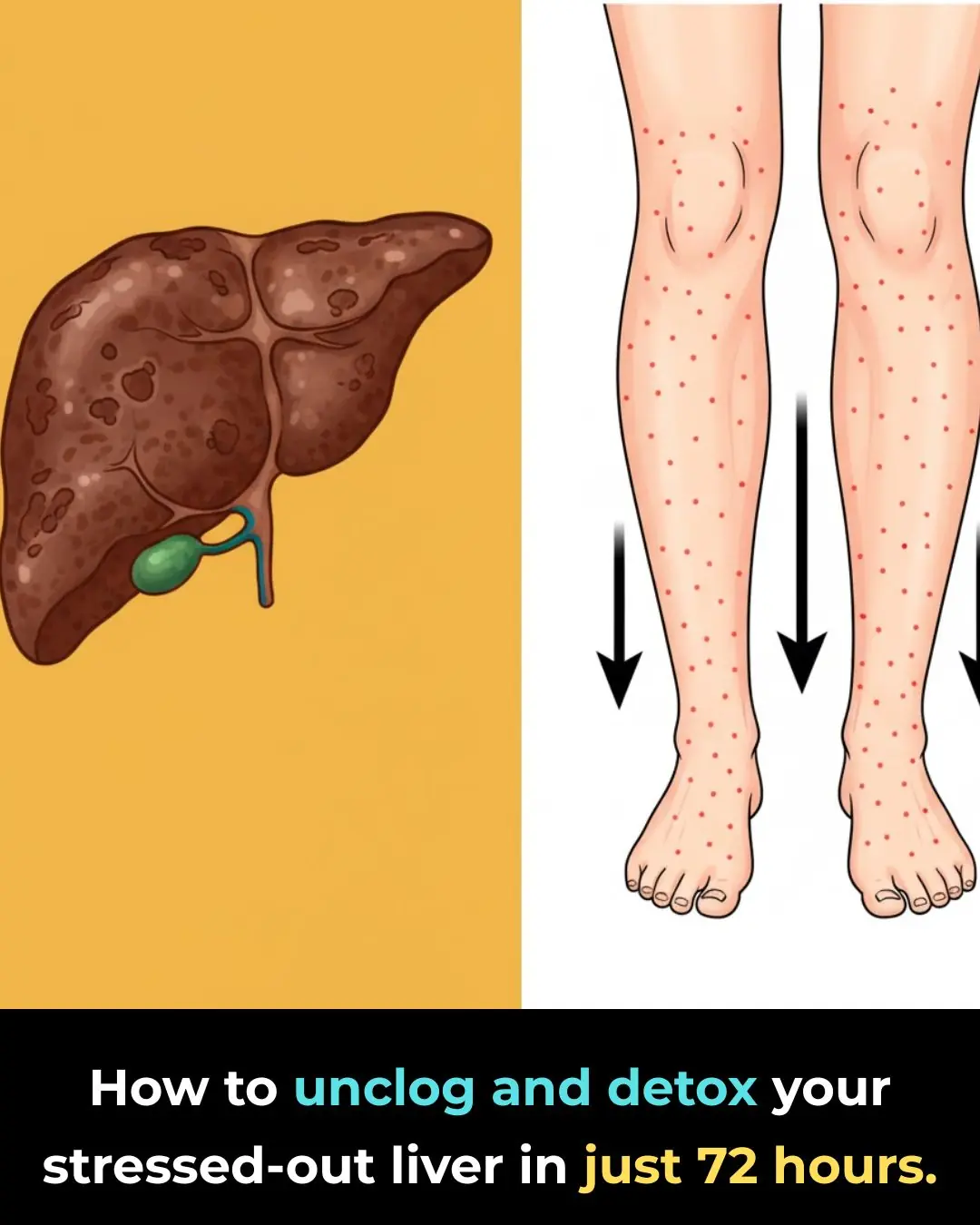
How To Unclog And Detox Your Stressed-Out Liver In Just 72 Hours

Why should you drop a clove of garlic into the toilet at night?

4 ways to boil chicken without water

5 Best Collagen Toners For Wrinkle Free Glowing Skin

Rice water is like gold in the house if you know how to use it for these things
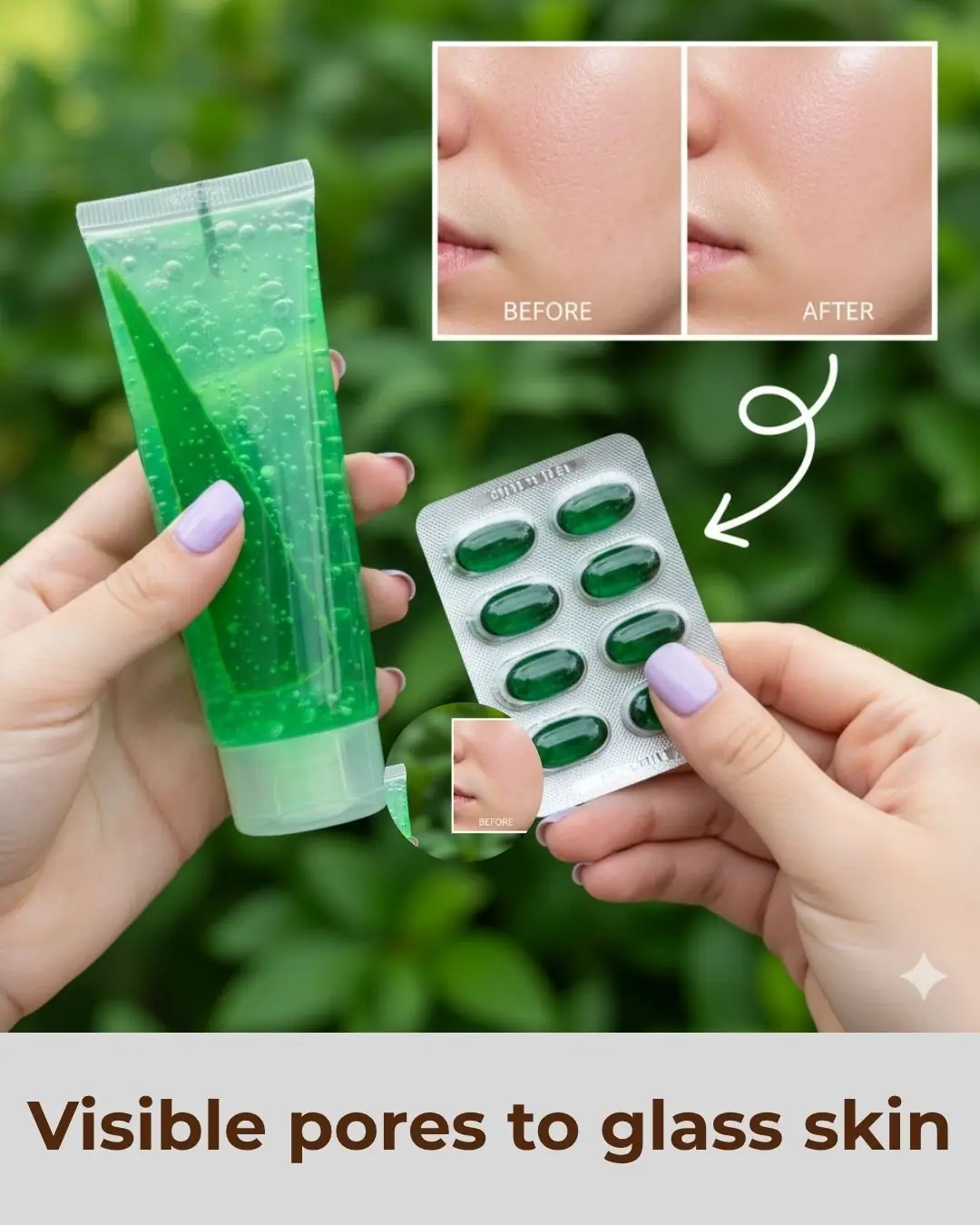
7 Days Indian Glass Skin Challenge

I Just Discovered the Benefits of Hanging a Bottle Cap on a Keychain

4 Dangerous Mistakes When Using an Air Fryer: Risks of Food Poisoning, Cancer, and Fires
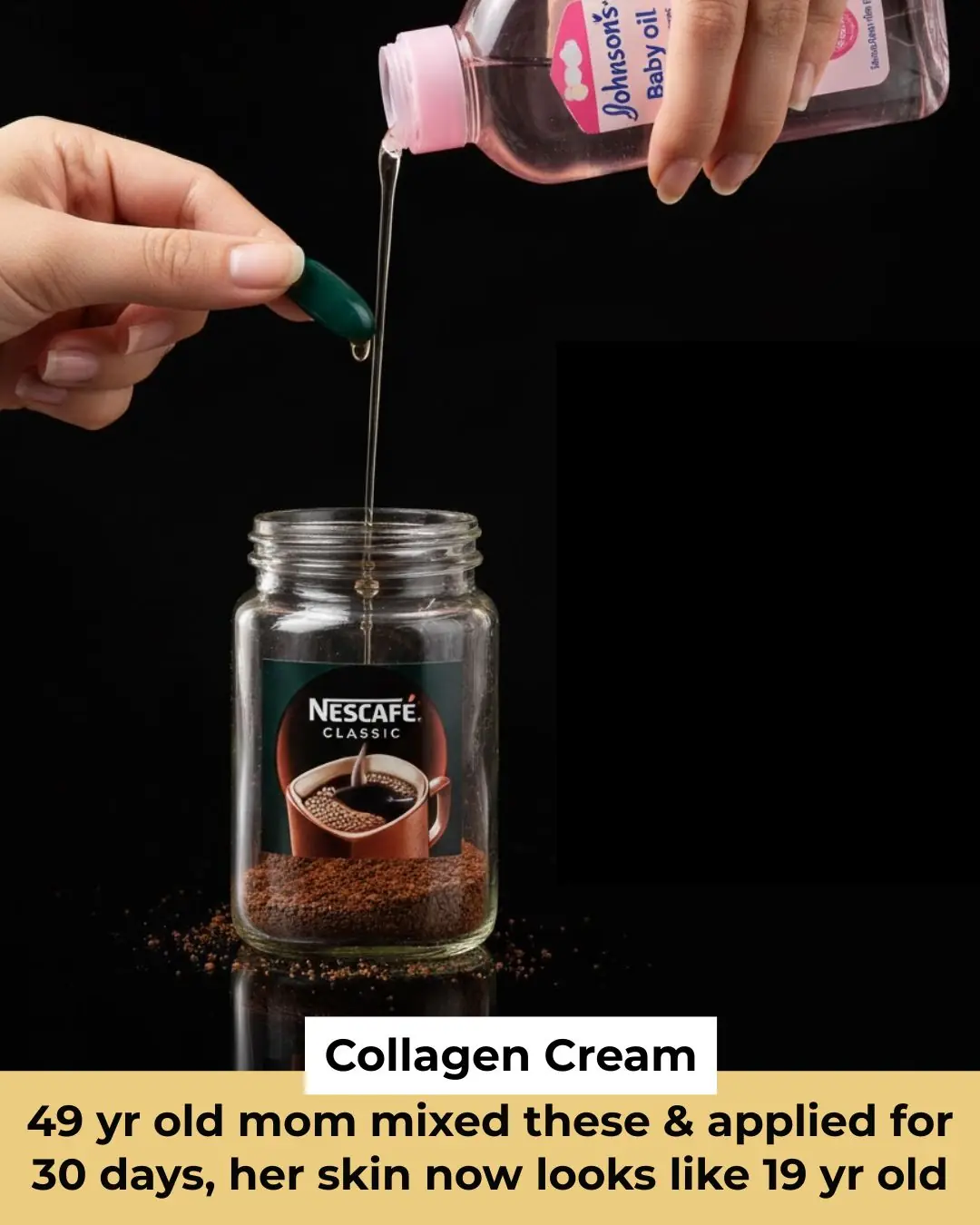
Coffee Baby Oil Vitamin E Formula: Collagen Cream For Wrinkle Free Glowing Skin

Lady places cup of vinegar into microwave. Here’s the genius reason why

I had no idea this was a thing

6 ways to use wind oil to help repel mosquitoes extremely well

10 odd home fixes you’ll wish you learned years ago

12 weird but genius ways to unclog things naturally

Put borax on wax paper and slide it under fridge. Here's why

How to Grow Cucumbers in Pots for Heavy Harvests All Season Long

How to make steamed pears with rock sugar is both delicious and nutritious
Let’s take a look at some tips to help keep your kitchen space clean and free of unpleasant odors.

Drinking Roasted Black Bean and Ginger Tea for 7 Days Brings 3 Major Health Benefits
